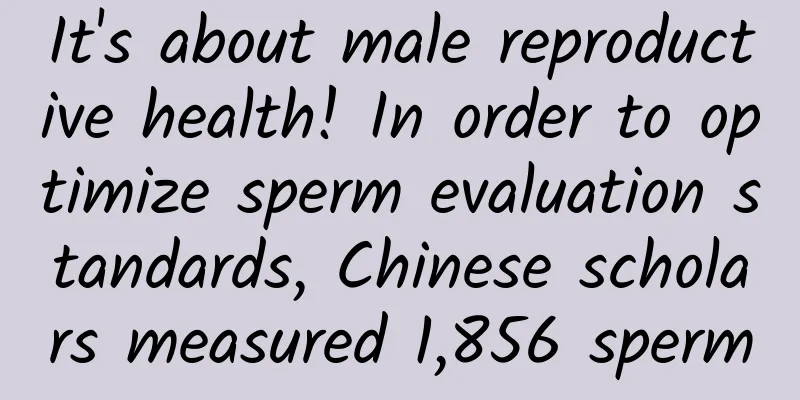Water hyacinth: a river killer that can cause "water cancer"

|
Recently, Guizhou, Hunan and other places have been making every effort to promote the cleanup of the invasive alien species water hyacinth to protect the clear water and smooth flow of rivers. In the waters of southern my country, water hyacinth is a common green plant that floats on the water surface, with gorgeous purple flower clusters. Under the dark green round leaves, there is a bulging "floating bladder" with a fluffy inflatable structure inside, like a small gourd or a small bottle - hence the common name, and the official name is water hyacinth. It is widely promoted for its ornamental and feed value. The name of the water hyacinth comes from the beautiful eye-shaped spots on its petals. Originating in tropical South America, the water hyacinth has appeared in many parts of Asia around 1905 due to its strong ornamental value. As a freshwater floating plant, water hyacinth has a low fruiting rate and mainly relies on horizontally extending stolons for asexual reproduction. Generally speaking, water hyacinths are confined to separate water bodies and their spread range is not too large. However, in my country, water hyacinths had a key spread event - in the 20th century, it was promoted as pig feed. Since then, water hyacinths have become uncontrollable in southern waters, causing "green pollution". Destroying the ecological environment of rivers can be called "cancer of water bodies" Water hyacinth is one of the fastest growing plants in the world. It prefers open waters with slow currents as well as eutrophic water bodies. Water hyacinths have a strong reproductive capacity. They are connected to each other and their dense figures can quickly form a layer of "green blanket" on the water surface, which not only blocks the river channel, but also causes serious water pollution and damages the ecological environment in the river channel. In addition, this "green blanket" will squeeze the survival of native aquatic plants, block terrestrial animals from accessing water sources, and even eliminate or change the plants that animals rely on for shelter and nesting. Worse, by blocking the interface between air and water, it causes the death of local submerged plants due to blocked sunlight, and fish and invertebrates in the water will suffocate due to lack of oxygen. When water hyacinths die, the rotten parts will further consume dissolved oxygen in the water, and input organic matter and enriched heavy metals into the sediments, endangering benthic animals. Water hyacinth is also a suitable habitat for intermediate host animals of trypanosomiasis, trematodes, etc., and may also have an impact on public health. In view of this, when water hyacinth occurs on a large scale in a body of water, it can be described as "cancer of the water body." Mechanical salvage is currently the main control method There are three main strategies for controlling water hyacinth: chemical, mechanical and biological. Compared with terrestrial invasive species, aquatic invasive species are more difficult to control, especially because chemical agents are often diluted by water bodies, and the control effect is not obvious. At the same time, chemical agents also have the risk of polluting water bodies, so they are not recommended as the first choice. At present, the main control method for water hyacinth is mechanical salvage, and interception belts or interception nets can also be set up for isolation. The salvaged water hyacinth can be landfilled, and those that are not overly enriched with heavy metals can also be used as resources, such as biogas raw materials, fertilizers or feed. In addition, biological control is also an idea. For example, Kenya once released a large number of specialized insects, water hyacinth weevils, which had a certain control effect, but it takes 3-6 years for this species to see obvious effects. For example, South Africa has suspended the plan to introduce locust feeders. On the one hand, the effect is questionable, and on the other hand, it may cause new species invasion events. Therefore, when selecting biological control species, it is necessary to carefully evaluate their control effects and ecological risks. (The author Ran Hao is a member of the China Science Writers Association) |
>>: How to make a perfect Laba garlic?
Recommend
What is the shelf life of Panax notoginseng powder?
Panax notoginseng powder has the effects of stopp...
The efficacy and function of white perilla stem
The development of Western medicine has brought s...
The efficacy and function of black ants
Now that living standards have improved, people&#...
Indian e-commerce market report 2022-2030
By 2030, the number of Internet users in India is...
The efficacy and function of sea cockroaches
Many people are not very clear about the efficacy...
The efficacy, effects and edible methods of Gastrodia elata
Gastrodia elata, which looks very similar to ging...
How to take Acanthopanax Paste?
Acanthopanax ointment is an ointment made with Ac...
It won’t degrade for 450 years. How harmful is it to discard masks carelessly?
Produced by: Science Popularization China Produce...
The efficacy and function of vinegar
Many people are not very clear about the effects ...
Can Pueraria root help lose weight?
Pueraria root is a common vegetable in the south....
Can I drink alcohol while taking Maca?
Maca is a medicinal herb with medicinal value and...
The science behind hangovers is actually...
According to a report on the U.S. News Weekly web...
The Self-cultivation of a "Bartender"
Let’s first look at this question: There is a cla...
In Chinese waters, dugongs are functionally extinct...
This Wednesday, the British journal Royal Society...
Fruit: Why are flowers colorful, but I am so monotonous?
Produced by: Science Popularization China Author:...









